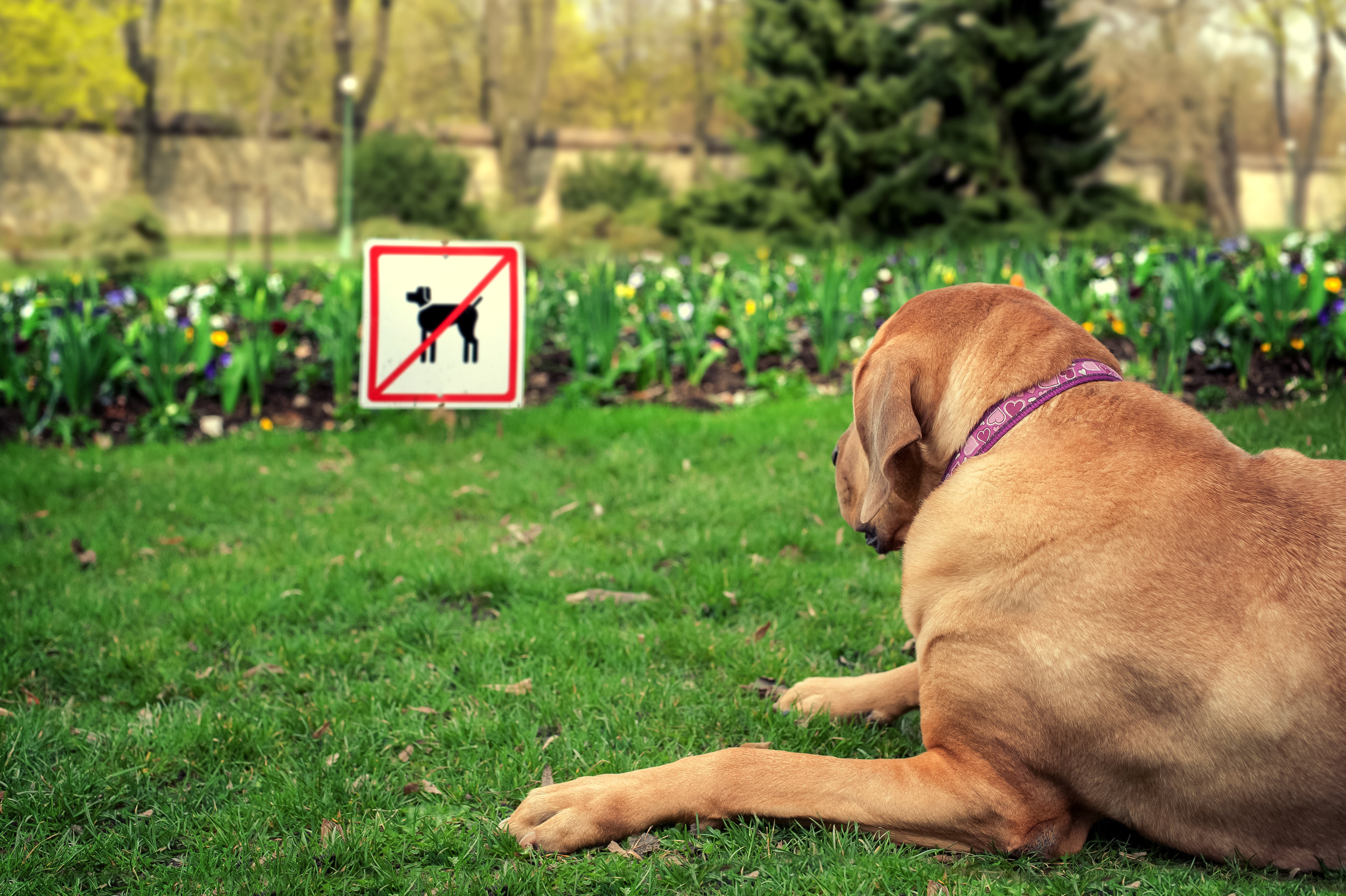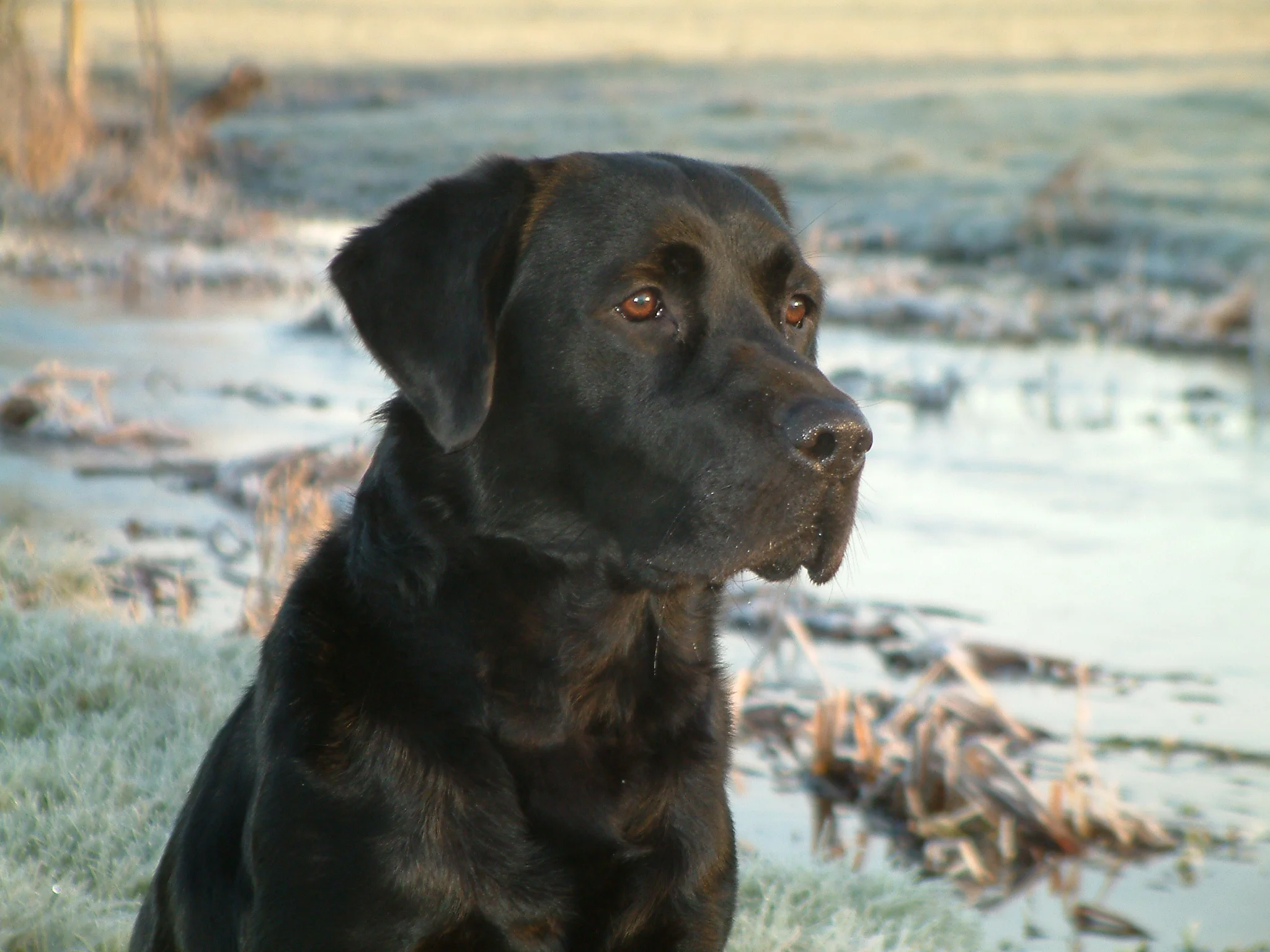Dargaye Churnet proposes the use of a glossary in a patent application. Churnet suggests a glossary in the form of a claim chart. One potential issue is that claim terms change during prosecution, whether by amendment or cancellation.
Rejected claim constructions pave way for invalidity contention supplement
In Baden Sports, Inc. v. Wilson Sporting Goods Co. (June 28, 2012), Judge Pechman (Western District of Washington) granted Defendant Wilson's request to supplement its invalidity contentions to add additional prior art references. The main basis for Defendant Wilson's request focused on the Court's adoption of Plaintiff's proposed constructions for each of the four disputed terms. In permitting the requested supplement, the Court focuses on Local Patent Rule W.D. Wash. 124 of the Western District of Washington and notes that amendments to contentions require a "showing of good cause ... absent undue prejudice to the non-moving party." (Order at 2). The Court identified five factors underlying a good cause analysis including:
"(1) the reasons proffered for the need to amend after the deadline for submitting contentions had passed, (2) the diligence of the moving party, (3) the importance of the proposed amendments, together with any prejudice to the moving party if amendment is denied, (4) potential prejudice to the non-moving party, and (5) the availability of a continuance to cure any prejudice." Convolve, Inc. v. Compaq Computer Corp., 2007 WL 700904 at *2 (S.D.N.Y Mar. 7, 2007).
In considering Defendant Wilson' request, the Court noted that it "adopted none of Wilson's proposed claim constructions." (Order at 2). Following the claim construction order, Wilson initiated an expanded search in light of the broader construction of the term "seam." The Court recognized that although "Wilson should have perhaps conducted that broader search earlier, it is reasonable to grant leave given the completely adverse outcome of the Markman hearing, which is the precise situation contemplated by LPR 124." (Order at 3).
As to diligence, Wilson conducted the search quickly, updated its contentions with the new information, and shortly thereafter moved to supplement. The Court dispensed with any claim of prejudice noting that "the amendments are relatively minor and there is still time to allow Baden to conduct discovery and expert analysis relating to the amended material." (Order at 3).
Takeaways - Diligence remains the main consideration for supplemental contentions. Although the Court noted that Wilson likely should not have been so limiting in its initial search, the Court balanced the factors and permitted the supplement. This process raises a question though - how was Wilson expected to know precisely the breadth of Plaintiff's proposed constructions when it served its invalidity contentions prior to the parties exchanging claim construction positions?
Cases weighing invalidity contention impact on claim construction process
We're going through our invalidity contention decisions database to identify cases where a Court's decision considers the impact of supplemental invalidity contentions on the claim construction process under local patent rules. We previously identified the following cases in other blog posts:
- CardSoft, Inc. v. VeriFone Systems, Inc. (May 28, 2012), Judge Payne (Eastern District of Texas)
- Nano-Second Technology Co., Ltd. v. Dynaflex Int'l (June 6, 2012), Judge Lew (Central District of California)
- Bayer Cropscience AG v. Dow Agrosciences LLC (June 7, 2012), Judge Schneider (District of Delaware)
We'll review our database of 85+ cases and eventually identify all relevant cases for this topic.
To start things off, let's consider Play Visions, Inc. v. Dollar Tree Stores, Inc. (November 30, 2010), Judge Pechman (Western District of Washington).
In this case, Judge Pechman granted Defendants' request to amend their preliminary invalidity contentions finding good cause for the proposed amendment, relying on Local Patent Rule LR 124. The Court first determined that the Defendants had been diligent in searching for prior art, and that the contentions supplement were timely provided, with the motion to amend the contentions was filed roughly two months after the contention deadline.
The Court weighed the potential prejudice to the plaintiff and determined that
There is no evidence of prejudice given that the parties have yet to engage in claims [sic] construction and discovery does not end for months.
(Order at 4). Again we see a focus on the claim construction impact with respect to invalidity contentions supplement. Here, the Court was entirely focused on prejudice to a party under the guise of claim construction. From the outset, the Court frames the issue:
Restrictions on amendment to invalidity contentions are aimed at avoiding the "shifting sands" approach to claim construction. See Halo Elecs., Inc. v. Bel Fuse Inc., 2010 WL 3489593, at *1 (N.D. Cal. Sept. 3, 2010) (granting motion for leave to amend invalidity contentions where the defendants argued they search diligently over a broad spectrum of prior art).
(Order at 2). So again, the focus remains on whether allowing supplemental contentions will in some way impact claim construction discovery. We've already explained our viewpoint that Phillips is at odds with how the local patent rules are being applied when prior art supplements are linked to the claim construction process.
We'll continue to report our findings in subsequent posts.
Claim construction process is not helped by invalidity contentions
In an earlier post, I discussed the following:
I don't believe the rules were intended to exclude prior art because a plaintiff lacked non-intrinsic prior art during the claim construction process. I continue to look at the evolution of the local rules for linkage between invalidity contentions and claim construction. It would be helpful if someone could point me to any local patent rule comments on this issue. I'm particularly interested in comments detailing why invalidity contentions must precede claim construction. Is it to allow the patent owner to craft proposed constructions in light of prior art (extrinsic evidence)? What principle of claim construction would that be based on?
Here are some further thoughts, after rereading and studying some cases. First, for a district court civil action, "[t]he role [of claim construction] is neither to limit nor broaden the claim, but to define, as a matter of law, the invention that has been patented." Netword, LLC v. Centraal Corp., 242 F.3d 1347, 1352 (Fed. Cir. 2001). Nothing controversial there.
Next, we have the following notion that the rules of claim construction state that claims may not be revised to ignore explicit claim language. See Generation II Orthotics Inc. v. Med. Tech. Inc., 263 F.3d 1356, 1365 (Fed. Cir. 2001) ("claims can only be construed to preserve their validity where the proposed claim construction is 'practicable,' is based on sound claim construction principles, and does not revise or ignore the explicit language of the claims."). Essentially, claims may not be redrafted.
Taking these ideas further, it's not a stretch to surmise that invalidity contentions may impact the validity of the claims subject to construction, but that should not matter for purposes of defining the scope of the invention. Lucent Technologies, Inc. v. Gateway, Inc., 525 F.3d 1200, 125-26 (Fed. Cir. 2008) ("This court has repeatedly held that courts may not redraft claims to cure a drafting error made by the patentee, whether to make them operable or to sustain their validity. To do so 'would unduly interfere with the function of claims in putting competitors on notice of the scope of the claimed invention.'")
So what to make of the "preserving claim validity" maxim? It would seem reasonable that the "preserving claim validity" maxim should only be invoked in such narrow circumstances where "'the court concludes, after applying all the available tools of claim construction, that the claim is still ambiguous.'" Phillips v. AWH Corp., 415 F.3d 1303, 1327 (Fed. Cir. 2005) (en banc) (citing Liebel-Flarsheim Co. v. Medrad, Inc., 358 F.3d 898, 911 (Fed. Cir. 2004)).
If all this is accurate, why are invalidity contentions required before the claim construction process has even started under local patent rules? Are we presuming that claims will remain ambiguous after applying all available tools of claim construction? Certainly requiring contentions before claim construction may be expedient, but what is being accomplished. Moreover, prior art is applied to properly construed claims, so claim construction necessarily comes first. Consider that Phillips specifically states
[W]e have certainly not endorsed a regime in which validity analysis is a regular component of claim construction.
Phillips, 415 F.3d at 1327 (emphasis added); see also Rhine v. Casio, Inc., 183 F.3d 1342, 1345 (Fed. Cir. 1999) ("if the only claim construction that is consistent with the claim's language and the written description renders the claim invalid, then the axiom does not apply and the claim is simply invalid.").
If validity analysis is not a regular component of claim construction, should we consider a change to patent local rules where claim construction discovery precedes contentions, instead of the current practice?






